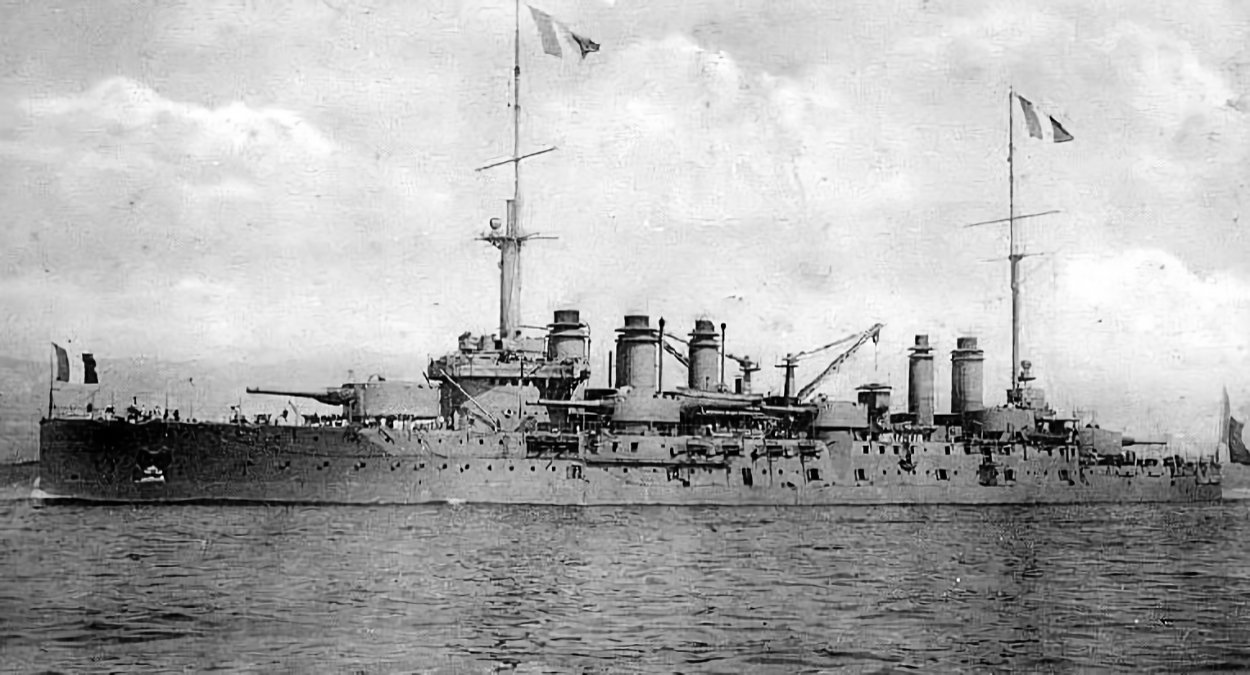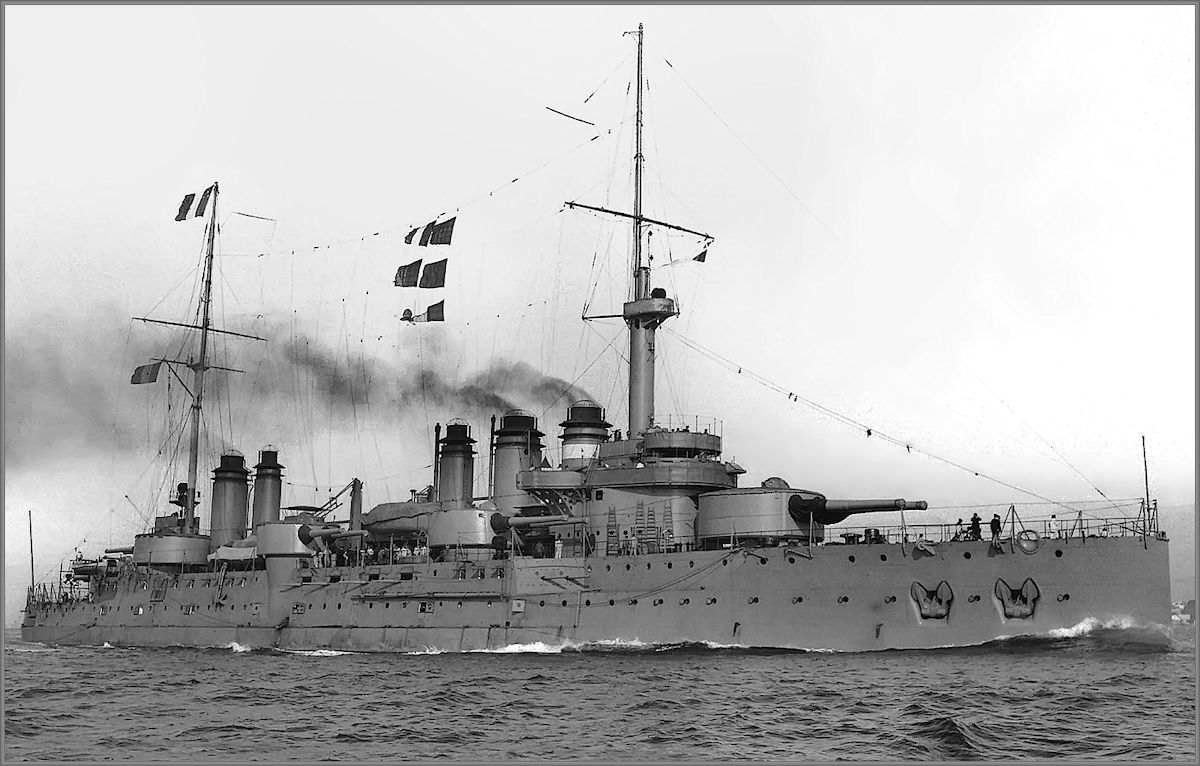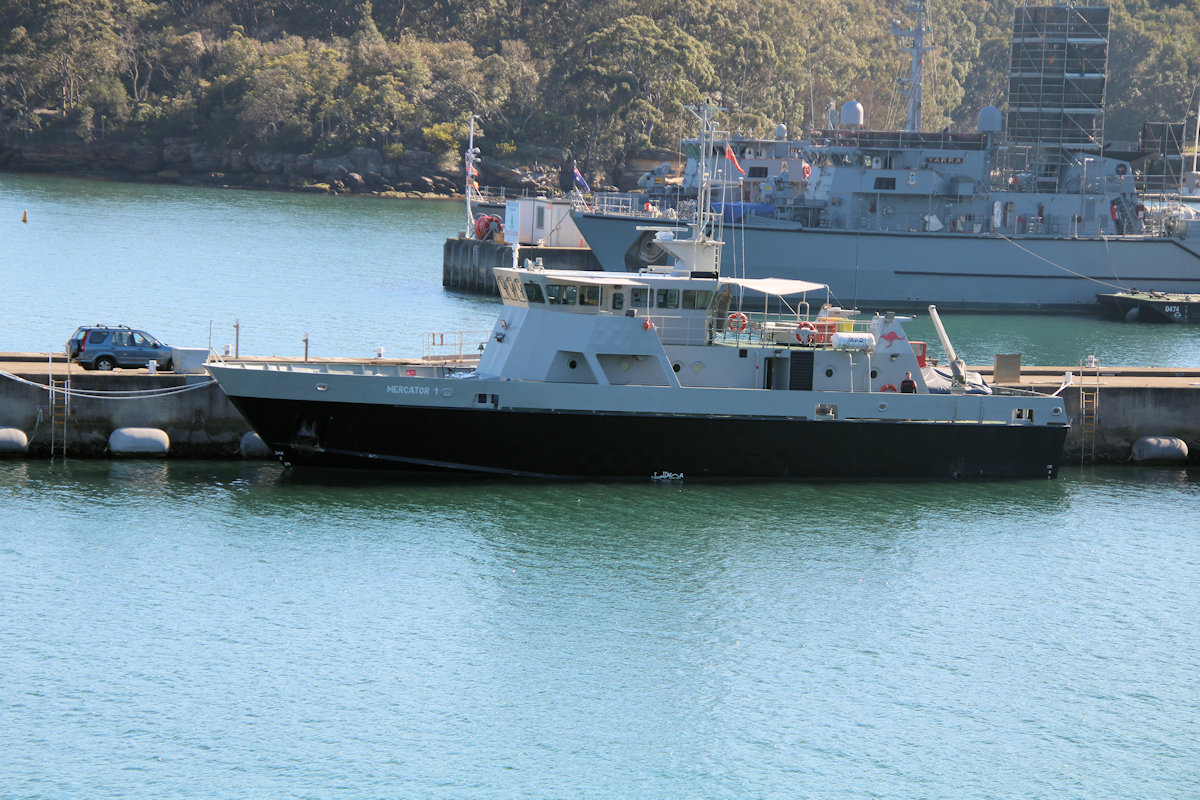Tag: warship
-
French Battleship Vergniaud

French Battleship Vergniaud Vergniaud was a French semi-dreadnought battleship of the Danton-class. Launched on 12 April 1910, she was commissioned into the Marine Nationale on 18 December 1911. On 16 August 1914, Voltaire participated in the Battle of Antivari along with a large Fleet of British and French ships. She participated in the sinking of… Read more
-
French Battleship Voltaire

French Battleship Voltaire Voltaire was a French semi-dreadnought battleship of the Danton-class. Launched on 16 January 1909, she was commissioned into the Marine Nationale on 1 August 1911. On 16 August 1914, Voltaire participated in the Battle of Antivari along with a large Fleet of British and French ships. She participated in the sinking of… Read more
-
Royal Australian Navy MV Mercator

Royal Australian Navy MV Mercator A modified Pacific Class Patrol Boat, MV Mercator is used by the Royal Australian Navy for navigation training. Based at HMAS Waterhen on Sydney Harbour, she provides training to officers and sailors from the RAN and other navies in coastal navigation, ship handling and watch keeping procedures. She is also utilised… Read more